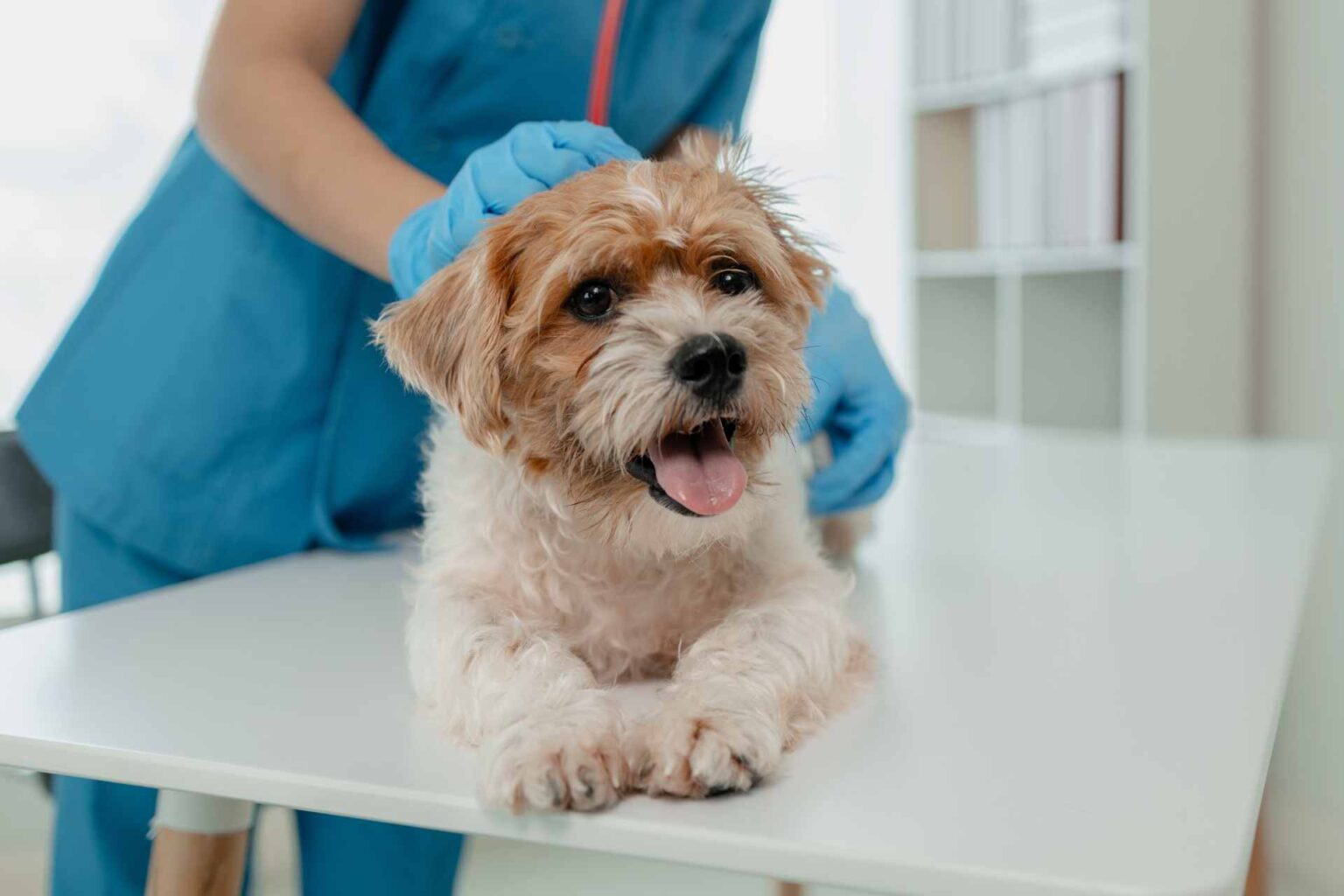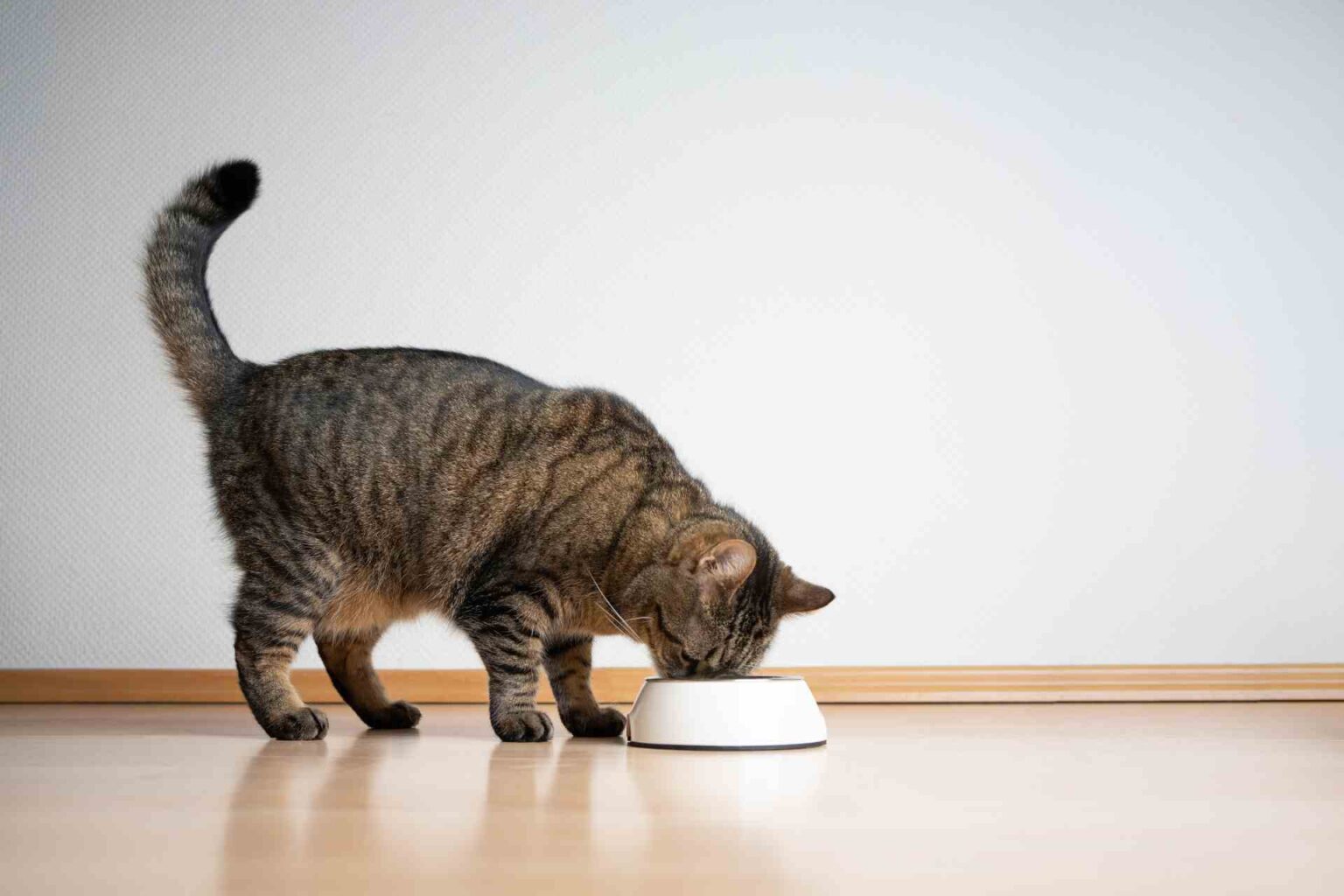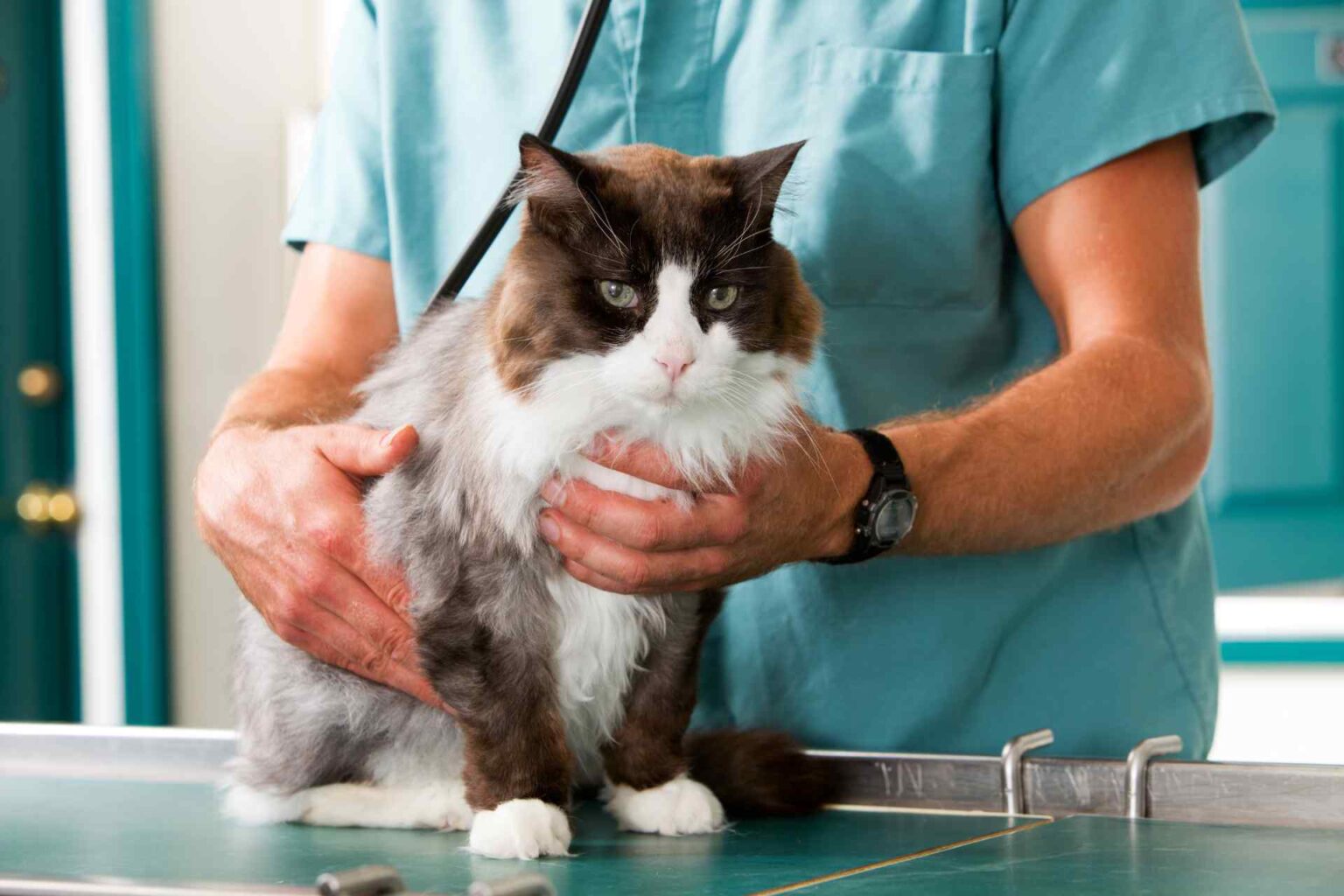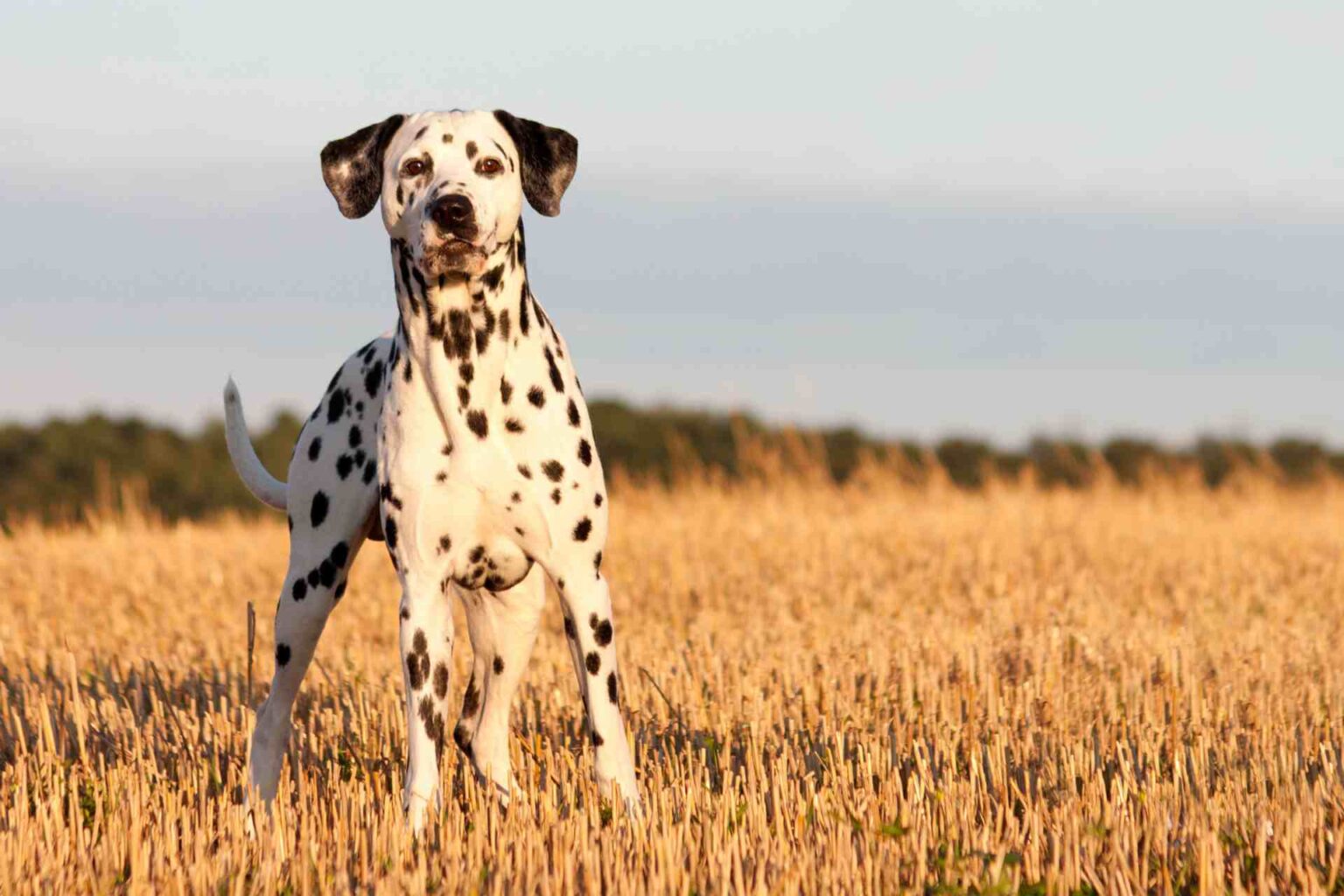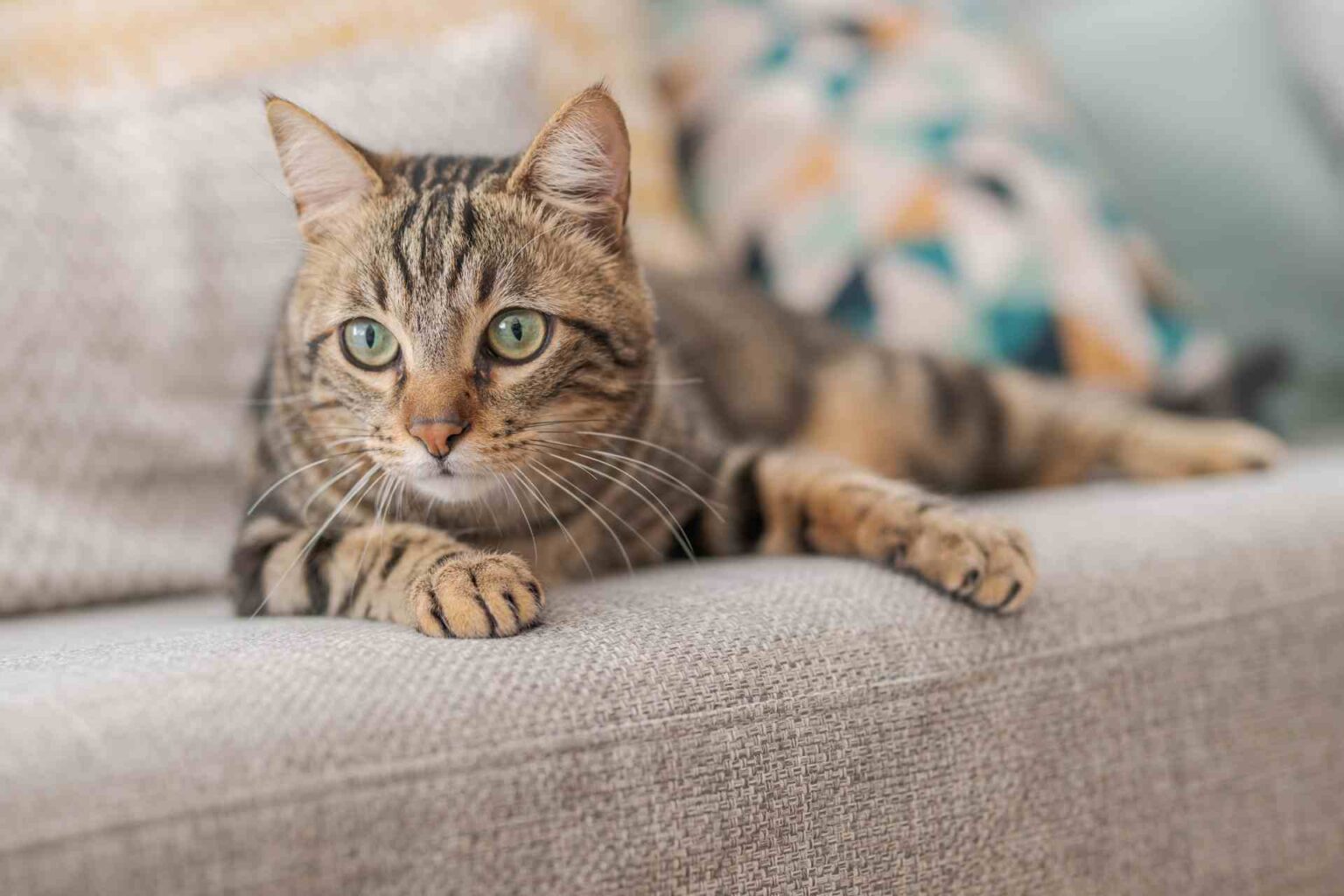If, under healthy conditions, host and microbiome coexist in symbiosis without evoking any inflammatory response, the circumstances that cause the transition from immune tolerance to a proinflammatory response remain, for the most part, unknown. And a unified hypothesis explaining how and why periodontal disease develops has yet to be described.
A review just published in Veterinary Clinics of North America: Small Animal Practice aims to clarify current knowledge on the role played by the oral microbiome in dogs and cats, describe how it changes as the oral environment changes toward pathology, and offer guidance on the utility of systemic antimicrobial agents in companion animals with periodontitis.
Microbiome analysis: from PCR to shotgun sequencing
All microorganisms, with the exception of viruses and prions, contain ribosomal gene subunits that can be used to distinguish between species: the 16S rRNA gene in prokaryotes (archaeobacteria and bacteria) and the 18S rRNA gene in elementary eukaryotes (protozoa and fungi).
The most established molecular biology methods for amplifying, sequencing and quantifying hypervariable regions of genes are polymerase chain reaction (PCR), and the more recent next-generation sequencing (NGS), which allows the simultaneous reading of thousands of gene sequences.
The continued refinement of these two methodologies now makes it possible to quickly sequence the entire 16S rRNA gene with high accuracy and relative low cost and, thus, to differentiate closely related species as well as to identify different subtypes or strains.
More recent still is sequencing shotgun or whole-genome sequencing (WGS) which, although still very expensive, processes huge amounts of data and can identify every form of microorganism constituting the microbiome, unlike NGS which, by sequencing the 16S rRNA gene, can only determine the presence of organisms containing it.
In addition, WGS produces more accurate quantitative data than PCR because it overcomes its biases related to the process of gene amplification, and it can allow the determination of the presence of genes associated with specific functions, such as virulence or resistance to therapy.
Available data on the oral microbiome of the dog and cat
The authors report the results of some NGS studies. In the dog it was found that:
- evaluation of the oral microbiome in relation to periodontal health status indicated that healthy dogs had prevalence of Gram-negative species while Gram-positive species were more numerous in the presence of periodontitis; exactly the opposite than in humans. Gram+ bacteria(Streptococcus sp.) are more prevalent in the healthy human oral cavity, and anaerobic Gram- bacteria such as Porphyromonas gingivalis, Tannerella forsythia, and Treponema denticola are often present in human periodontitis.
- In dogs, the first colonizers of dental enamel following professional tooth cleaning were Gram-negative bacteria, dominated by the genera Neisseria and Bergeyella.
- In the absence of dental hygiene, by taking subgingival plaque samples from teeth associated with gingivitis and from teeth that subsequently developed periodontitis, it was found that the onset of the latter was not determined by the appearance of new pathogenic species, but was associated with proportional changes in the species present.
- Comparing the microbiota of the oral mucosal surfaces with supragingival plaque of 30 dogs before and up to 5 weeks after (10 dogs) professional dental prophylaxis, it was seen that the microbiota attached to the mucosa was markedly different from that on supragingival plaque, but 5 weeks after dental cleaning the relative proportion of species at both sites returned to pre-prophylaxis levels.
- When the microbiome in different areas of the canine oral cavity, such as cheek mucosa, tongue, supragingival plaques and saliva, was evaluated it was seen that, as already documented in humans, microbiomes present in different areas show different compositions: the supragingival plaque harbors the greatest species richness, followed by the mucosal surfaces of the cheeks and tongue, while the saliva contains the least number of species.
- Finally, the most recent NGS study, performed on 587 dogs in four different countries (UK, USA, China, and Thailand) showed, with no differences between geographical regions, that gram-negative bacteria of the phyla Bacteroidetes and Proteobacteria dominate the microbiome in healthy dogs and young dogs while gram-positive bacteria of the phylum Firmicutes are more abundant in the presence of gingivitis and periodontitis, in small breeds, and in older animals.
Analysis of the cat ‘s oral microbiome reveals that:
- From a preliminary NGS study, as many as 273 genera of bacteria were highlighted, with predominance of genera such as Pasteurella, Moraxella and Thermomonas, all Gram-negative bacteria.
- A comparison of microbiome in healthy tissues, in the presence of gingivitis, and in animals with mild periodontitis also showed in the cat that the majority of subgingival bacteria in healthy animals were Gram-negative bacteria. However, the relative proportion of Gram-positive bacteria was found to be increased in the presence of gingivitis and periodontitis.
- Comparing the presence and frequency of bacterial genera in healthy cats and those with periodontal inflammatory disease of different severity and type (acute/chronic), it was seen that the distribution of species was comparable between healthy and inflamed conditions: potential pathogens was present in both cases, and the predominant genera in healthy tissue remained present in inflamed tissues, albeit in smaller amounts.
- Instead, a very recent study used shotgun technology to detect subgingival community members and their functional potential in 6 cats with oral health compared with 14 cats with chronic periodontitis, 10 cats with aggressive periodontitis, and 9 cats with chronic gingivostomatitis. This is the first veterinary study to use WGS instead of NGS to assess the oral microbiome, and although the data are preliminary, DNA from the samples allowed the identification of some functional genes.
Thus, all studies seem to show that although the microbiome typical of the healthy state is qualitatively maintained in inflamed tissues, shifts of microbial community components with quantitative increase of pathogenic microorganisms occur in the latter. Apparently , the state of inflammation would be the primary variable responsible for increasing the number of more virulent species that consequently exacerbate the host response.
The usefulness of systemic antibiotics in periodontitis in doubt
Since the inflammatory process of periodontitis involves a complex polymicrobial community more than specific pathogens, the value of using antibiotic therapy in the treatment of periodontitis is questionable, and no data are available in the veterinary literature to suggest which subjects/diseases have greater likelihood of benefiting from systemic antimicrobial therapy.
In addition to doubts about the therapeutic efficacy of such treatments is the growing concern of the establishment of resistance and the fear of their occurrence significant adverse reactions: serious events such as endocarditis and pericarditis have been reported in animals treated with antibiotics as dental prophylaxis, although the high frequency with which dental procedures are performed must be taken into account when assessing their impact.
Recently published guidelines from theAmerican Veterinary Dental College recommend the use of antibiotics to treat infectious bacteremia only in immunocompromised animals, in animals with heart, kidney, or liver disease, and/or when severe oral infection is present. The same guidelines specify that antibiotics should not be used as prophylactic treatment of clinical oral cavity procedures. There are more specific guidelines with more restrictive criteria on the prophylactic use of antibiotic therapies in veterinary dental medicine, which limit treatment to animals at high risk for the presence of cardiac malformations or previous episodes of infective endocarditis.
If antimicrobial prophylaxis is necessary in these cases, the choice of drugs should be based on the pathogens most likely to be responsible for infective endocarditis rather than the potential pathogens identified in periodontitis. Gram-positive streptococci are the most frequently detected bacteria in dogs and cats with infective endocarditis, although gram-negative enterobacteria can also be associated with this disease condition and should be covered by therapy.
Concluding remarks
Research on the oral microbiome with state-of-the-art molecular biology technologies is still at a preliminary stage and has begun to describe the various components of the microbiome, but the functions of individual species remain to be elucidated. Despite decades of research, it has not been possible to identify any specific microorganism to which the primary cause of periodontitis can be attributed.
Genomics studies will be crucial to better define the pathological phenomena associated with inflammation of the oral cavity, and will allow defining New strategies to be able to resolve periodontal inflammatory conditions without having to use antibiotic therapies in a poorly targeted manner, which in addition to being ineffective, can indiscriminately harm symbiotic populations.
Reference
Davis EM, Weese JS. Oral Microbiome in Dogs and Cats: Dysbiosis and the Utility of Antimicrobial Therapy in the Treatment of Periodontal Disease. Vet Clin North Am Small Anim Pract. 2022 Jan;52(1):107-119. https://doi.org/10.1016/j.cvsm.2021.08.004





